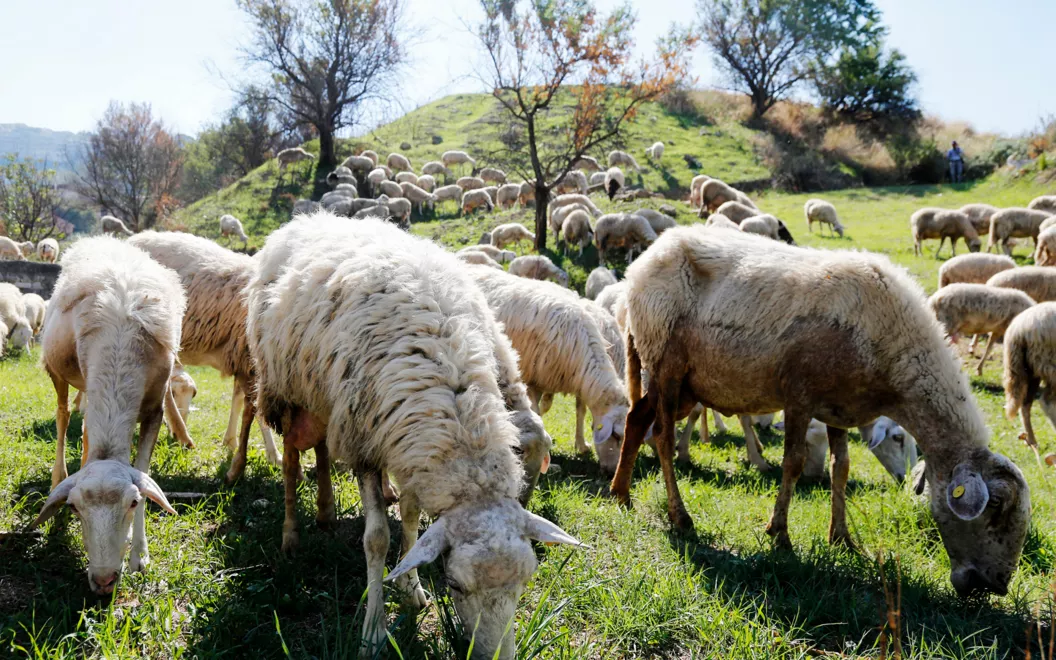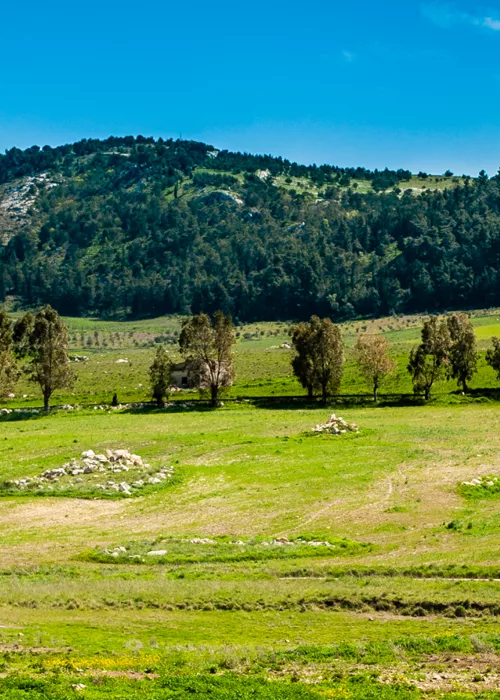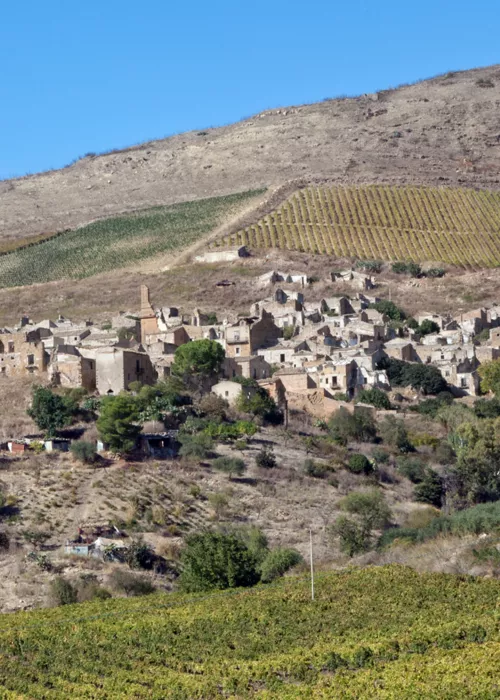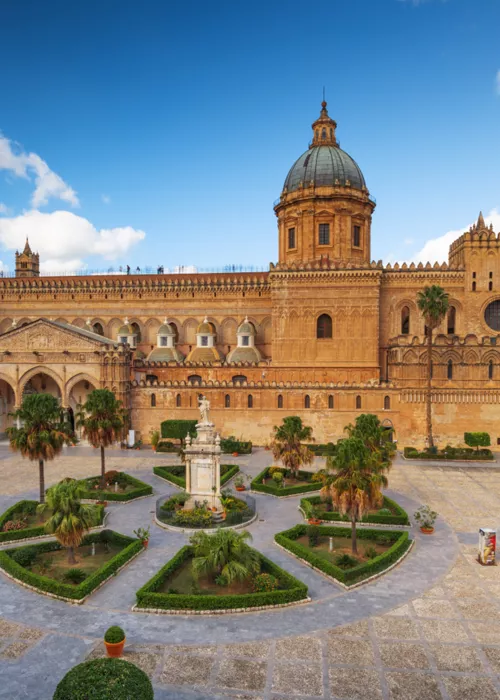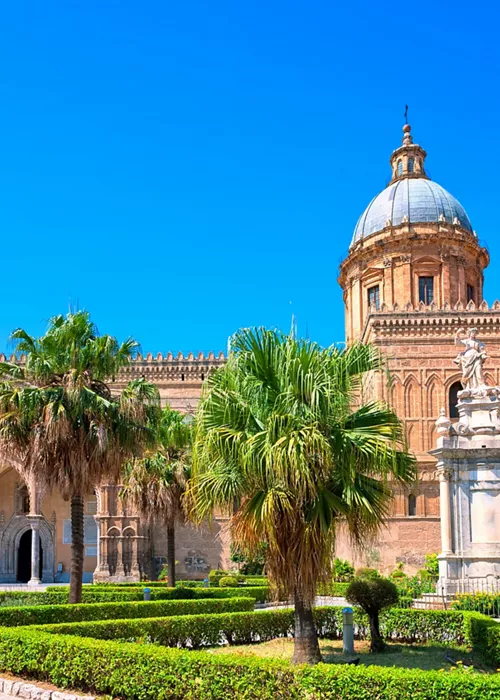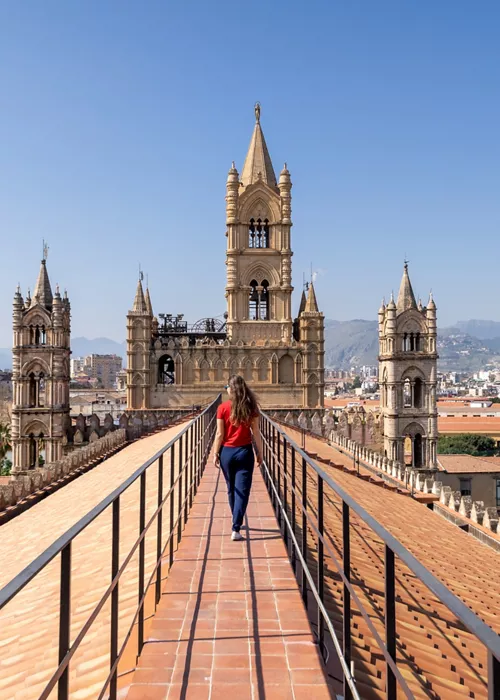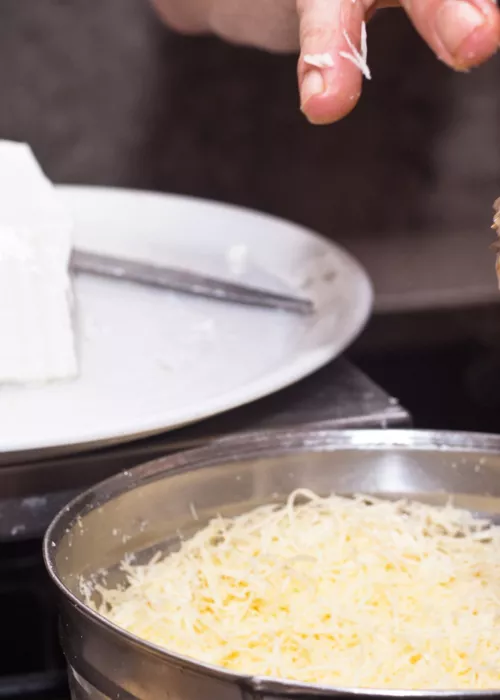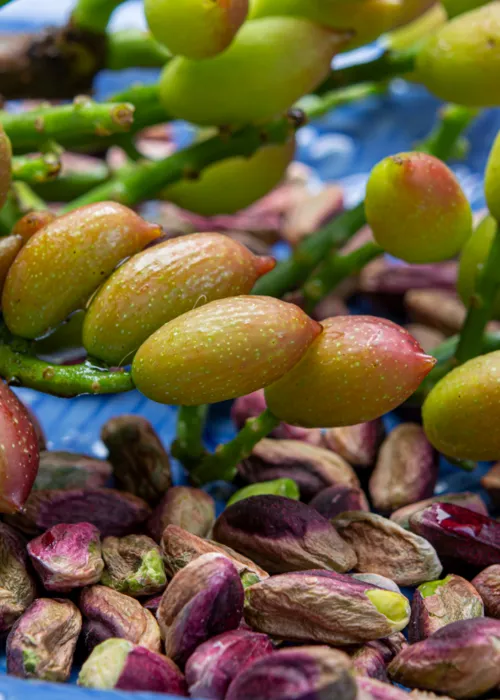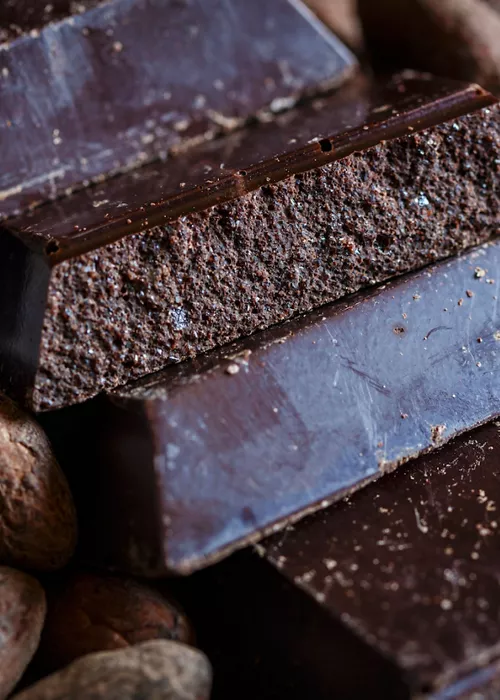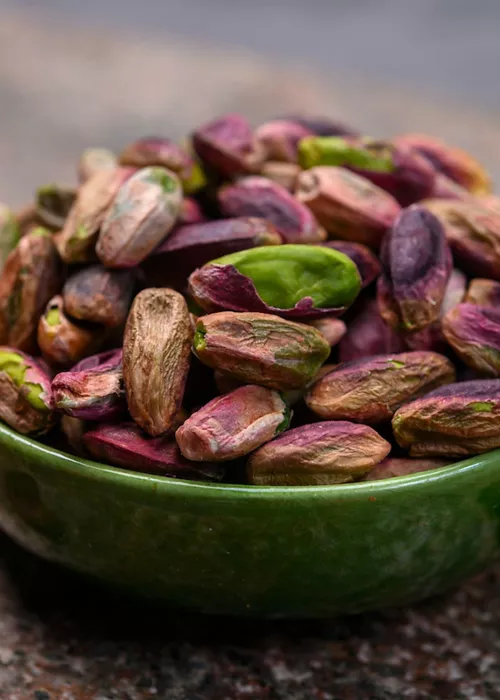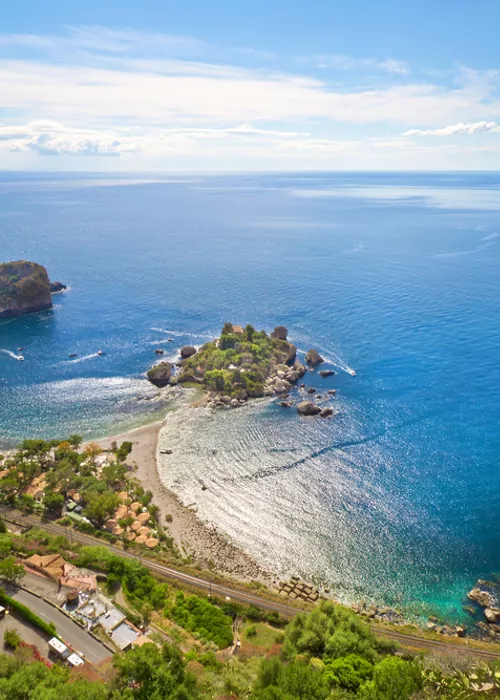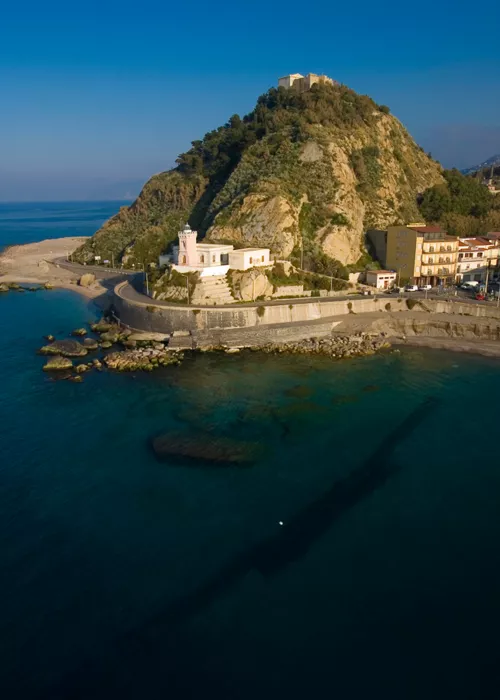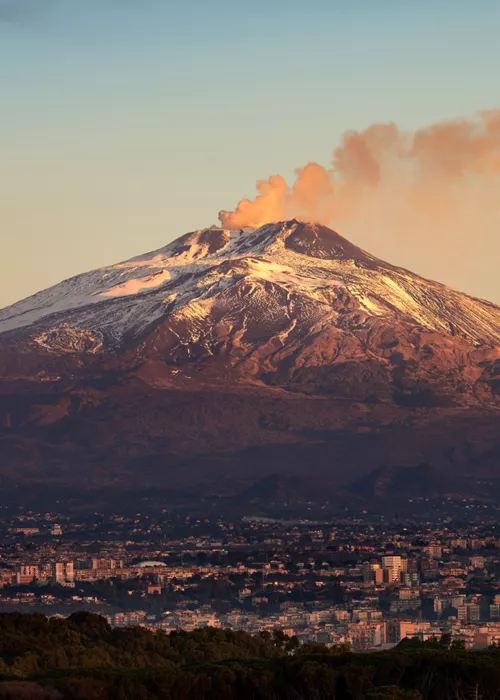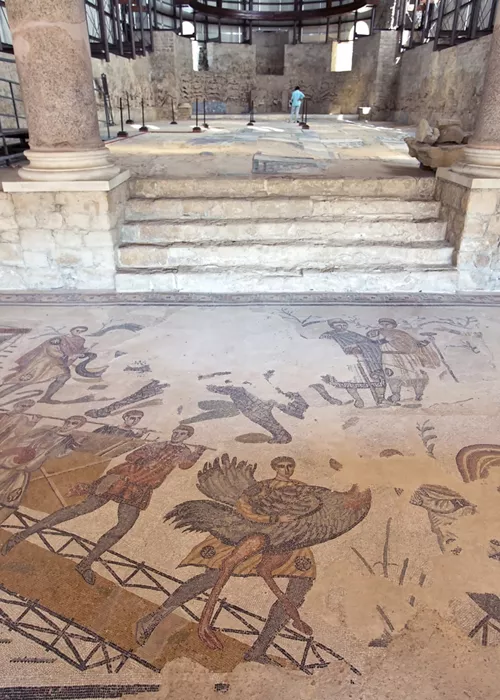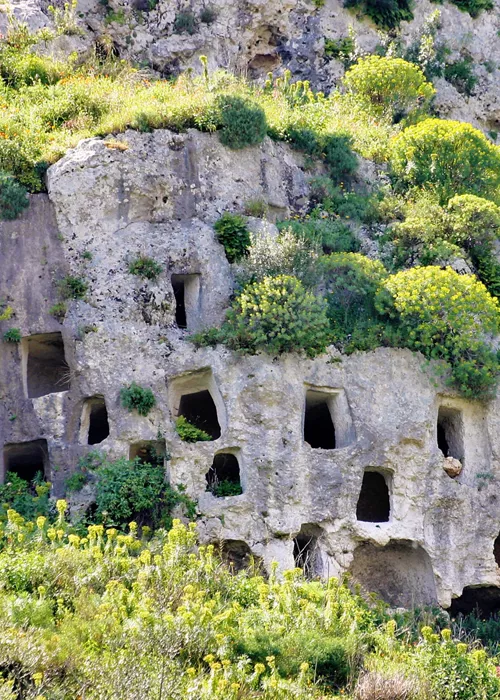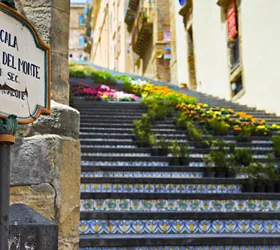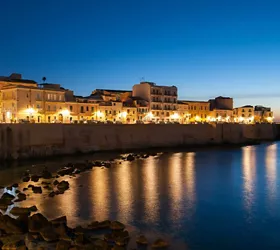In Sicily, discovering the seals of rural biodiversity
3 minutes

The farmers of Campagna Amica, a foundation that promotes the excellence and biodiversity of the Italian agricultural supply chain, are the ones to invite you. It is thanks to the care of the local farmers who join the foundation that some of the region's most authentic and delicious flavours survive, are enhanced and selected to reach our tables. Let's take a look at their valuable work, discovering the Campagna Amica seals and the pride of Sicilian gastronomy.
The regional map of flavours
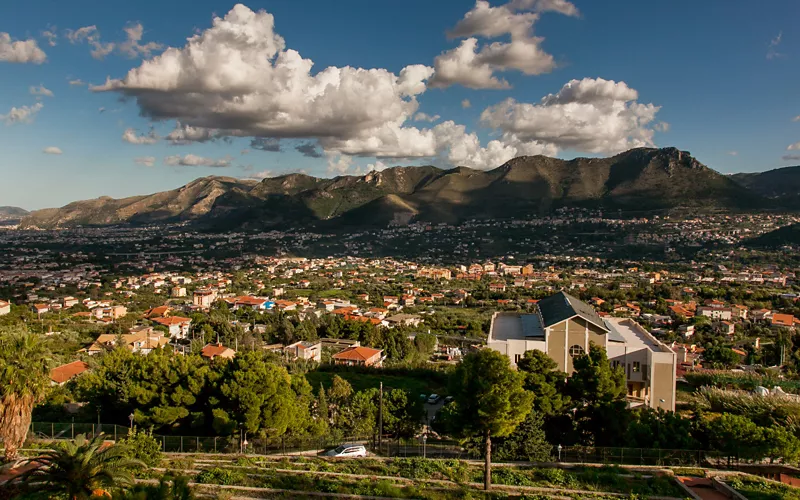
The map of the senses takes us to magical and fragrant territories, starting with the legendary citrus groves that cover Palermo's so-called Conca d'Oro, unfortunately progressively eroded by cement. In the areas that remain unspoilt, it is still possible to become inebriated with the scent of flowers and enjoy the intense colour of citrus fruits. It is here that you will make your first discovery...
The late mandarin of Ciaculli, a citrus fruit for all seasons
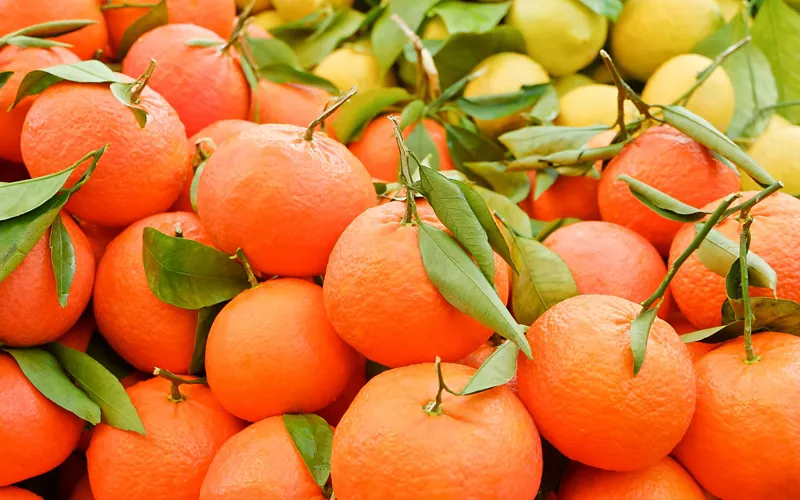
The first of the Sicilian treasures of the palate is the late Ciaculli mandarin, which owes its name to the suburb of Palermo from which it originates, as well as to its special ripening period: late, in fact, compared to the more common varieties. It is characterised by a thin, deep orange skin that peels easily from the pulp, a robust aroma, a high sugar content and the presence of the seed. It can be enjoyed in January, fresh, and the rest of the year as a processed product.
The Seals of the Belice Valley
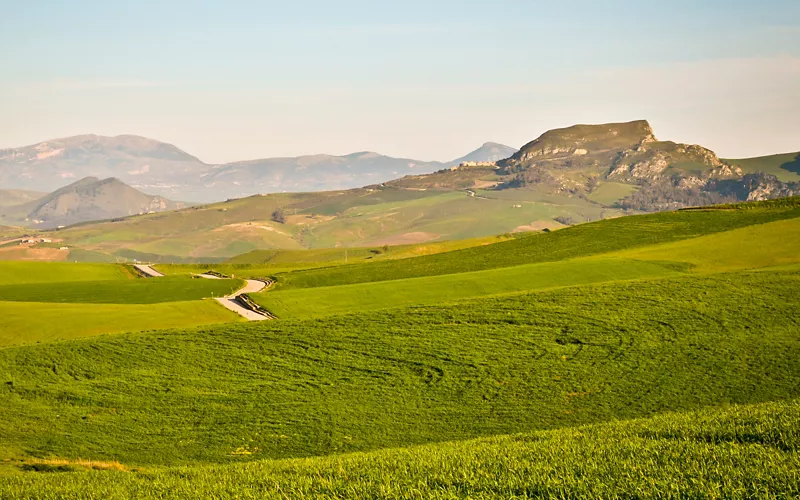
Seduced by the delicious secret hidden in every corner of the island, the flavours will lead you to travel, like authentic taste hunters, from one village to another, from the sea to the hills. Further south, still in the province of Palermo, in one of the most evocative areas of south-western Sicily, is the Valle del Belice, which extends along the course of the river of the same name. It's an area rich in history and traditions, nature and gastronomic excellence, which has witnessed the settlement of many populations: Sicans, Elymians, Phoenicians and Greeks.
Sheep and prickly pears
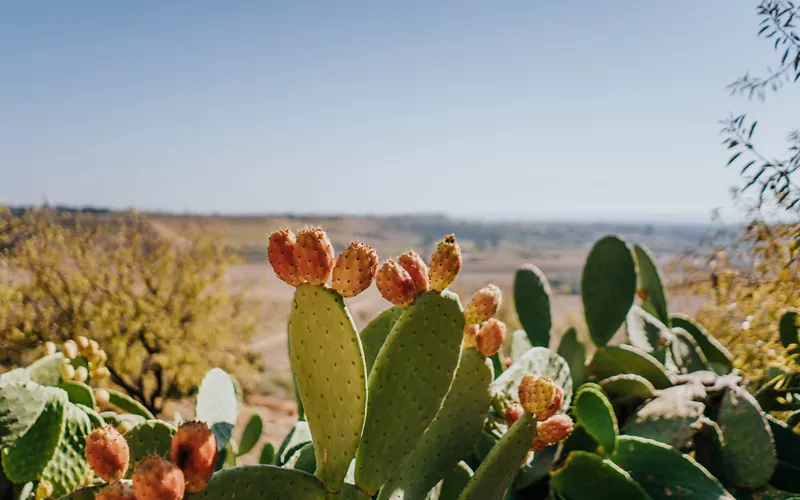
It is precisely the many varieties that have passed through it, intertwining and merging, that make this area one of the liveliest in western Sicily, from the agri-food point of view. Here, two of the most popular seals of the island's tradition will appeal to your gastronomic curiosity: the Belice Valley prickly pear, particularly juicy and sweet, and, as far as sheep-farming is concerned, the Belice Valley sheep, whose milk, according to local shepherds, is the only one truly worthy of being spun.
The history of wheat: a palette of colours
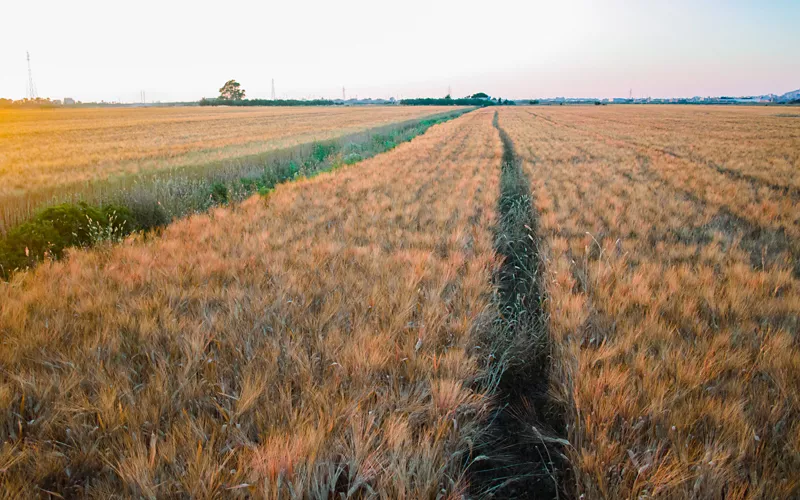
Since its origins, Sicilian agriculture has been intrinsically linked to the cultivation of wheat. You will be surprised to discover how many varieties exist in the area; soft, golden, barbed, amber-coloured - a veritable palette. Among the ancient grains cultivated in the province of Palermo, we find the Perciasacchi, a durum wheat whose name says it all: it means sack-hole. The shape of the caryopsis, in fact, was so sharp that it punctured the jute sacks used to transport it. Having adapted over time to a difficult climate and environment, this variety is extremely resistant to pathogens, so much so that it is one of the most suitable grains for organic cultivation. Bread and pasta are among the processed products that optimise the organoleptic characteristics of this grain.
The black gold of the Madonie
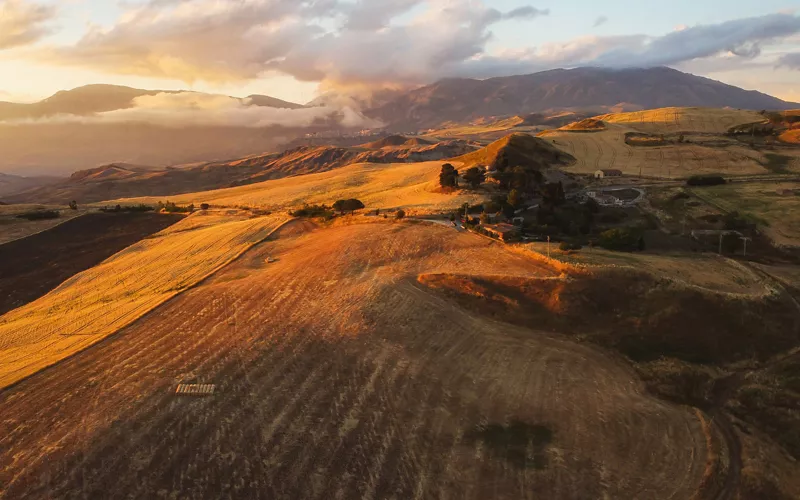
Finally, another colour on the palette of the Sicilian lands is the dark amber of the so-called Nero delle Madonie, a quality that had almost completely disappeared and that now, in the hands of Campagna amica growers, is finding new life and uses. Like all ancient Sicilian grains, it is a variety characterised by greater resistance to the attack of fungal species and to contamination by mycotoxins, substances dangerous to human health, whose carcinogenic effects are still being studied. Its low gluten index makes it a truly exceptional testimonial of Sicilian biodiversity, of the recovery of peasant civilisation and ancient flavours, bound to bring health and an original taste back to our tables.

